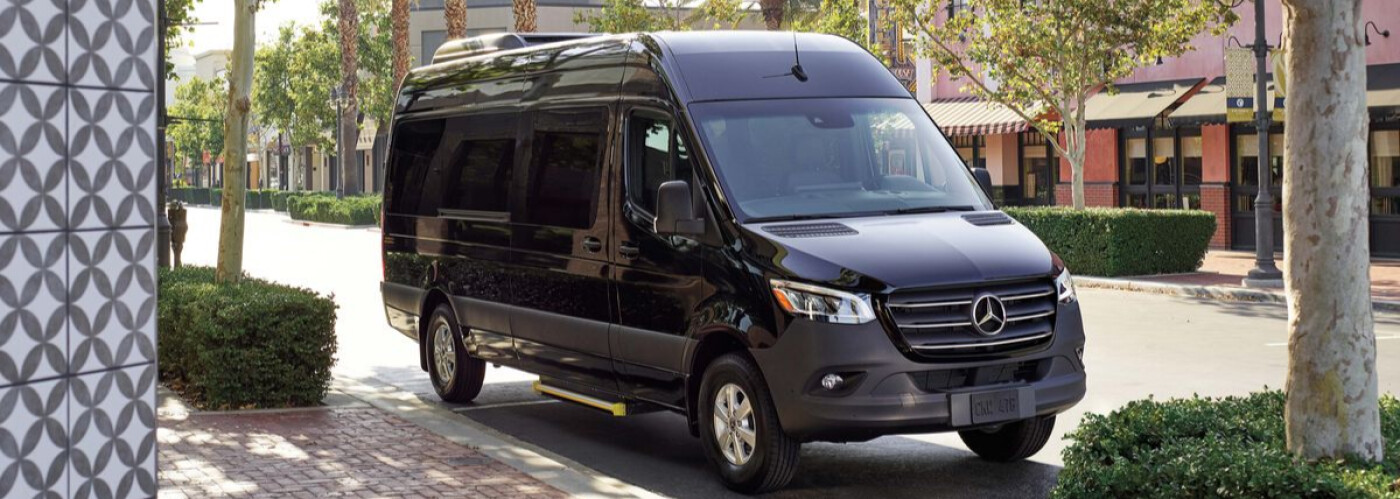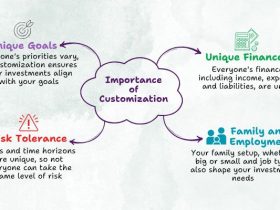Sprinter vans are among the most versatile vehicles available for both personal and commercial use. Whether you’re planning a group trip, relocating inventory, or managing event logistics, choosing the right type of van can make all the difference in efficiency and comfort. Among the most popular choices for flexible transportation solutions are sprinter van rentals, which are available in two primary types: passenger and cargo. Understanding the key differences between them can help you select the ideal van for your specific needs.
Passenger Sprinter vans are designed with people in mind. They typically seat between 8 to 15 passengers and come equipped with comfortable, often high-end interiors. These vans are commonly used for airport transfers, corporate outings, family vacations, and even luxury travel experiences. With features like reclining seats, rear climate control, tinted windows, USB ports, and sometimes Wi-Fi, a passenger Sprinter van is all about making the ride as comfortable as possible. If your main goal is to transport people safely and conveniently, this is likely the best option.
Cargo Sprinter vans, on the other hand, are all about space. They come with an open interior specifically designed for transporting goods, equipment, or tools. The rear compartment is stripped of seats and optimized for loading and unloading, often with shelving or tie-down systems. These vans are ideal for moving furniture, making deliveries, or carrying bulky items for construction or event setup. Small businesses, tradespeople, and freelancers often prefer cargo Sprinters for their spacious and secure storage capacity.
When deciding between the two, it’s important to evaluate your priorities. If you’re planning a ski trip with friends or shuttling a wedding party, the passenger version provides comfort and plenty of room for both people and light luggage. However, if you’re a vendor setting up a booth at a trade show or need to haul tools to a job site, the cargo version offers the flexibility and capacity your business demands.
Another factor to consider is licensing and insurance. Most passenger Sprinter vans can be driven with a standard driver’s license, but if you’re renting for commercial use or carrying a larger group, you may need special insurance or even a commercial driver’s license depending on your local laws and the vehicle size. Cargo vans, due to their load-bearing nature, may also have specific rental terms regarding weight limits and insurance coverage.
Sprinter van rentals are popular for a reason—they’re reliable, fuel-efficient, and easy to drive, even in urban environments. But choosing the right configuration is essential to avoid paying for space you don’t need or ending up without enough room for your group or gear.
In conclusion, passenger and cargo Sprinter vans serve very different but equally important purposes. Before you rent, assess the number of people or the volume of cargo you need to move, and select the van that aligns best with your purpose. By choosing the right type of Sprinter van rental, you’ll ensure a smoother, safer, and more efficient trip from start to finish.










